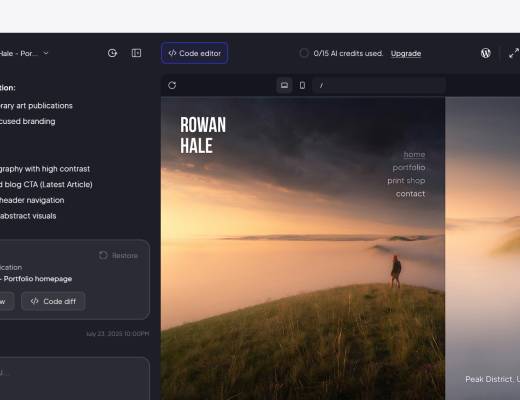Chancellor Rachel Reeves will deliver her
second Budget on 26 November, setting out economic plans that will shape the government’s fiscal path into 2026. The announcement signals a decisive moment for the Treasury as ministers balance growth goals with spending pressures and tax choices.
The address will take place in Westminster and is expected to set priorities on public services, investment, and the wider cost-of-living picture. It follows months of policy work across departments, with the Office for Budget Responsibility (OBR) due to provide updated forecasts on growth, inflation, and public borrowing.
What Has Been Announced
“Chancellor Rachel Reeves will set out her economic plans in her second Budget on 26 November.”
The timing places the package in the late autumn fiscal window, allowing the Treasury to incorporate fresh data and to respond to global and domestic headwinds. The second Budget of a new Chancellor often sets medium-term choices after initial priorities are laid out.
Background: A Tight Fiscal Picture
Budgets set tax and spending plans for the year ahead and lay out a multi-year outlook. In recent years, governments have faced slower growth, higher debt interest, and pressure on services. The OBR typically publishes its independent forecasts alongside the Chancellor’s plans, shaping how much room there is for policy moves.
Inflation has eased from its peak but remains a factor for household budgets and wage settlements. Public debt as a share of GDP is high by historic standards, and debt interest costs have grown with higher rates. These constraints will inform choices on investment, welfare, and departmental spending.
Markets will watch the fiscal rules the Chancellor applies, including debt falling over a set horizon and borrowing limits. The credibility of those rules can affect borrowing costs for the government and the wider economy.
What To Watch In The Statement
Analysts expect the focus to fall on growth measures, funding for public services, and how to manage tax receipts. Any shift in capital investment could affect housing, transport, and energy projects. The Chancellor may update plans for skills and productivity, areas seen as key to lifting trend growth.
- Tax: scope for changes may be limited by fiscal headroom and borrowing paths.
- Public services: settlements for health, education, and local government will draw attention.
- Investment: signals on infrastructure and clean energy could influence business plans.
- Cost of living: measures for households may hinge on inflation and wage data.
The OBR’s updated forecasts will provide the baseline for any new commitments. A stronger revenue outlook could widen options. Weaker growth would tighten them.
Stakeholders Prepare Their Cases
Business groups have called for clarity on investment allowances and planning reform to speed up projects. Trade unions highlight staffing and pay pressures in key services. Local leaders want stable funding to manage demand in social care and transport. Financial markets will focus on the debt trajectory and any changes to the gilt financing plan.
Economists differ on the balance between investment and consolidation. Some argue that steady public investment can lift productivity and growth over time. Others warn that stretching fiscal rules could raise borrowing costs and crowd out private activity.
Political Stakes And Public Expectations
This will be the government’s chance to set a clear medium-term path. Voters care about living standards, housing supply, and NHS performance. Businesses want stable policy and timely decisions on infrastructure. The Budget will be judged on whether it matches those priorities with a credible financing plan.
The opposition is expected to challenge the assumptions behind the forecasts and the distributional impact of any tax or benefit changes. Independent watchdogs and think tanks will publish rapid analysis after the speech, testing the numbers and the delivery risks.
Timeline And Next Steps
- OBR forecast process: completed ahead of the statement.
- Budget day: 26 November, with policy documents released alongside the speech.
- Parliamentary scrutiny: debates and select committee hearings in the weeks that follow.
- Implementation: measures take effect on various dates, subject to legislation.
Reeves’s Budget will set the tone for the next phase of the government’s agenda. The choices on tax, spending, and investment will signal how ministers plan to manage limited resources while aiming for steadier growth. Watch for the OBR’s outlook, the size of any fiscal headroom, and the durability of the rules that guide the plan.





